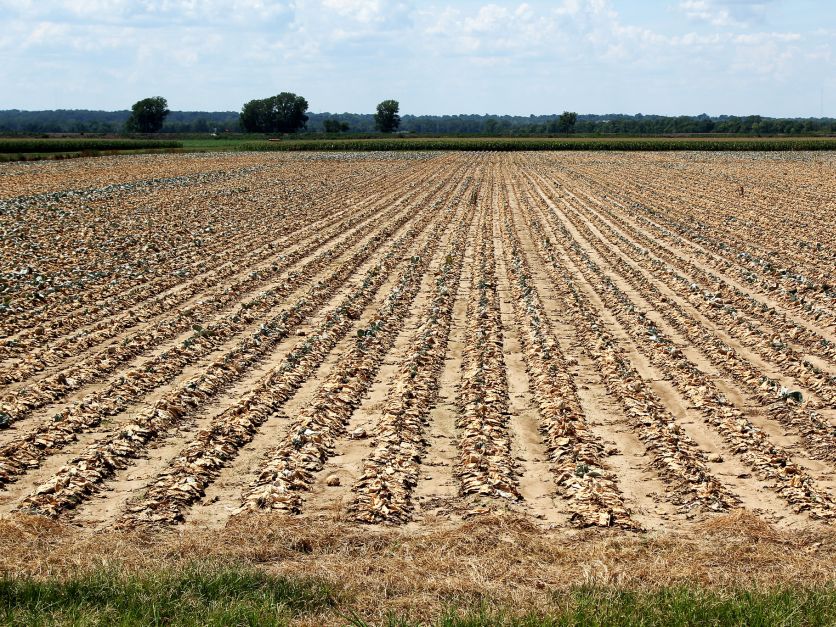In the face of escalating climate challenges, farmers are increasingly turning to innovative and sustainable methods to navigate the dry season. Farm tracing, an emerging practice in agriculture, takes centre stage as a natural and holistic approach to weed management, offering a myriad of benefits during periods of water scarcity. Unlike the conventional use of chemicals to combat weeds, farm tracing prioritises environmental sustainability and soil health, making it an attractive alternative for forward-thinking farmers.
Farm tracing unfolds a plethora of advantages, particularly in the context of dry season agriculture. One of its key merits lies in environmental-sustainability. As chemical weed killers pose risks of contamination and runoff into water sources, farm tracing avoids such pitfalls, preserving the delicate ecological balance of the farm. This becomes particularly crucial when water resources are scarce during the dry season. A fundamental aspect of farm tracing is the conservation of soil health. Chemical weed killers often contribute to soil degradation, negatively impacting fertility. In contrast, farm tracing result in the production of ashes, which nurtures soil health by fostering the growth of cover crops and beneficial plants that act as natural weed suppressors.
This method aids in retaining moisture and preventing soil erosion, critical considerations in the arid conditions of the dry season. Biodiversity enhancement is another notable advantage of farm tracing. By embracing a diverse array of plant species, farmers create a balanced ecosystem that is naturally resilient to pests and diseases. This, in turn, diminishes reliance on chemical interventions, promoting a healthier agricultural landscape. From an economic perspective, farm tracing proves to be a cost-effective strategy. Instead of investing in expensive herbicides and pesticides, farmers can leverage natural processes and companion planting to control weeds.
This not only alleviates financial burdens, especially during the resource-constrained dry season, but also aligns with the growing consumer preference for produce cultivated using sustainable and chemical-free methods. Practically, farm tracing involves several key strategies. Companion planting, introducing plants that naturally deter weeds or attract beneficial insects, can be a cornerstone of this approach. Additionally, cover cropping with plants like clover and buckwheat serves the dual purpose of protecting the soil from erosion and contributing to soil fertility. Crop rotation, strategically disrupting the life cycles of pests and weeds, is yet another useful tactic employed in farm tracing.

